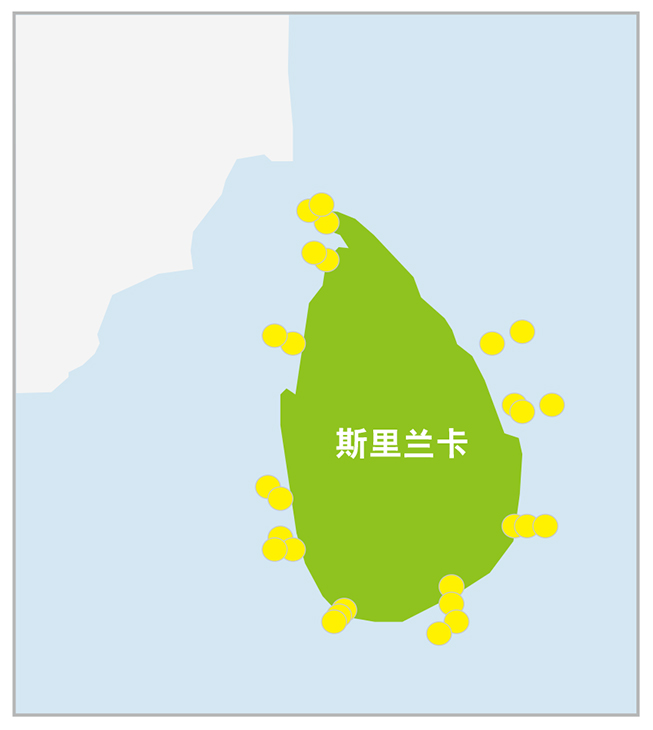Last December the AEB was also able to acquire equipment to analyse samples for the baseline data for strontium-90 — a product of nuclear fission in nuclear power plants and in fallout from nuclear weapons testing — and is looking to the IAEA for assistance and training to make the best use of the new equipment, Waduge said.
Sri Lanka was not the only country without baseline data on marine radioactivity. Throughout Asia and the Pacific, many countries lacked the skills, equipment or the money to regularly measure marine radioactivity. To meet their needs, the IAEA set up a project helping 24 countries to develop marine monitoring capabilities, with a focus on detecting caesium. “Different countries have different capabilities to monitor marine radioactivity,” said Iolanda Osvath, Head of the IAEA’s Radiometrics Laboratory. “When we started this project, there were some small island States where we had to start from scratch, while in the case of others we assisted to improve their capacity or refine their methods.”
The next step
In Sri Lanka the project has convinced policymakers of the necessity of having a monitoring programme and has secured sufficient funds for infrastructure development. A new laboratory complex, to be completed by 2016, has dedicated laboratories for gamma spectrometry, alpha and beta spectrometry and radiochemistry.
Sri Lanka now has an established database of baseline data on its waters, something it hopes to maintain and expand upon with the addition of further data. “The next step is to extend our sampling plan to deep waters in the Mannar Basin to establish benchmark values there,” Waduge said. The collected benchmark data will be added to the IAEA’s Marine Information System database and the Asia-Pacific Marine Radioactivity Database, so that other countries can easily access it.


